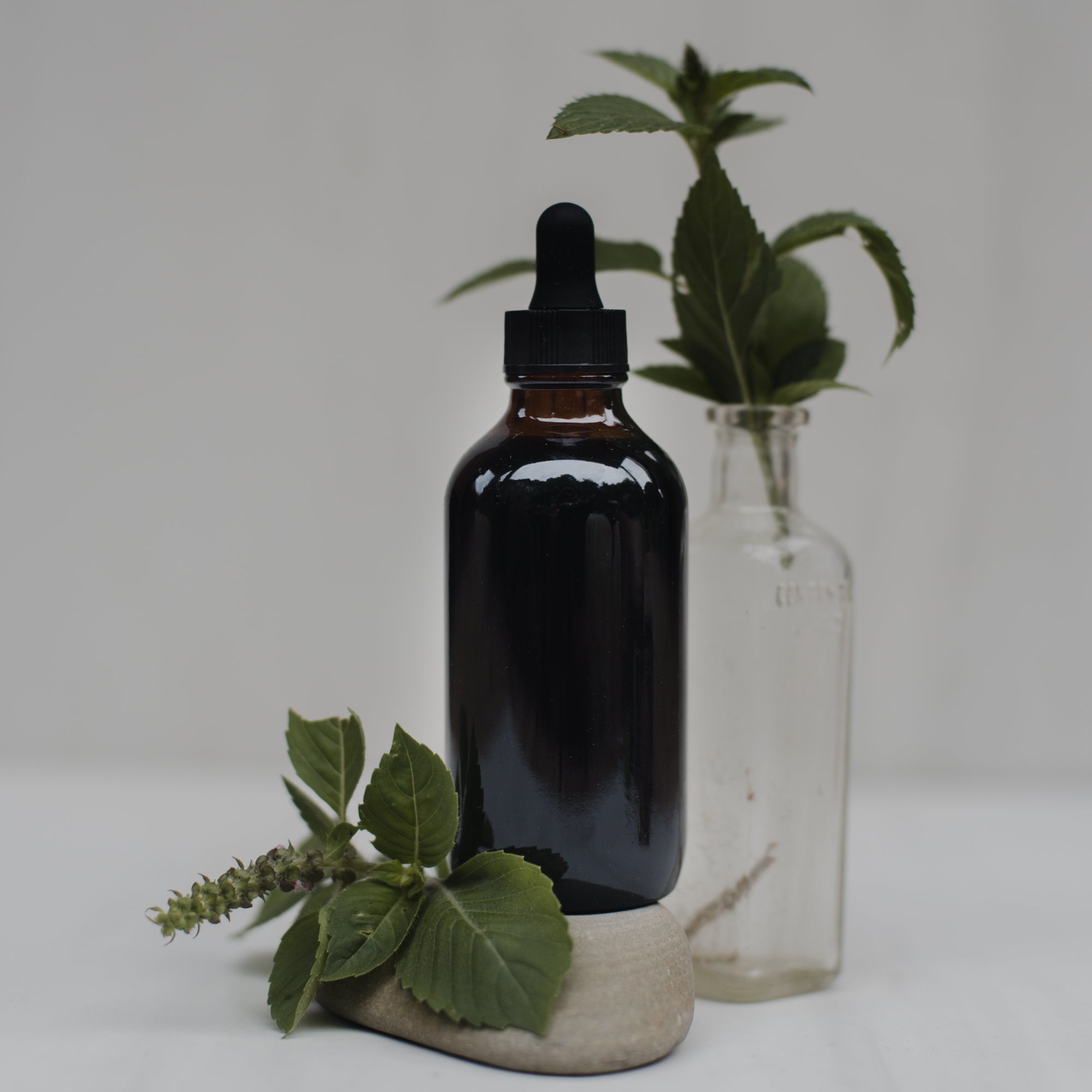My dear friend, Diane Philippov wrote this incredible post for you about her TOP PICKS FOR PAIN. Check it out below and be sure to see what she's doing over at Aromasynergy.
"When there is pain in the body, as a Certified Aromatherapist, I first assess where in the body it lies, and if the pain is acute or chronic - that will determine dilution ratios and area of application. If it is an acute injury the dilution ratio will be higher for short term use, and lower if it is chronic, taking the person’s age and health history into account.
Essential oils are extracted when the organisms are fresh and vibrationally energetic, so the potency of the plant’s healing power is preserved. This makes aromatherapy a viable and powerful option for managing pain. It also makes it all the more important in making sure the synergies are diluted safely for topical application. Less is more in aromatherapy.
The oils can start to work as quickly as 20 seconds and last up to 12 hours, depending on the oil used. The aromas are also entering your olfactory system which can result in an immediate reduction of the pain, lower your blood pressure, skin temperature, and emotional reactions to the pain. Vibrationally, they can elevate your body’s energetic system to help balance out diseased states.
Depending on where the pain is in the body, will also determine the part of the plant used. The upper part of the body favours flowers and herbs, while the lower part resonates with trees and roots. We are like a tree, a flower, and our bodies respond similarly.
If it is a broad-reaching pain, I try to choose an oil from each part of the plant or tree, it makes a complete synergy - a tree, resin or root, a flower, and a herb, sometimes more than one of each. I don’t use needles or twigs very often for pain, as they are reserved for respiratory issues, and seeds for digestive complaints. I sometimes add a citrus for emotional support.
The flowers of plants provided strong antiseptic, protective action, and emotional support, woods or resins for aches and pains, and sometimes leaves, for immune and nervous system support.
If there is bruising involved, I reach for Helichrysum. It is an exquisite aromatic plant with strong anti-hematoma properties to prevent further swelling or bleeding. (The flowers are used for distillation of helichrysum, while the rest of the plant is used for creating hydrosols, and gentler for little ones.) Trees, or the resins that ooze out of them when they are hurt, are remarkable at healing their own wounds - I love Myrrh or Frankincense for their abilities to do so to ours. Frankincense is my favourite - it is a well-rounded adaptogen and knows intuitively where it needs to go to work. For the inevitable inflammation that is causing the pain, German Chamomile is my hero, another flower, with a powerful punch. It contains a higher concentration of chamazulene than its sister Roman Chamomile, giving the oil its deep blue colour, anti-inflammatory and infection fighting properties. I also love to add Lavender to all pain blends - it’s not just for sleep. It has high analgesic properties and calms redness and swelling, and is safe for all ages. For herbs, Marjoram - It can lower the sympathetic nervous system and help to calm and regulate the fight/flight mode pain can put you in. It is great for sprains and strains of all manner. I generally add a few drops of Grapefruit or Orange to round out the aroma. Citruses are also great natural pain-killers!
Remember, a little goes a long way when it comes to aromatherapy. One drop of an essential oil can contain hours of relief."


